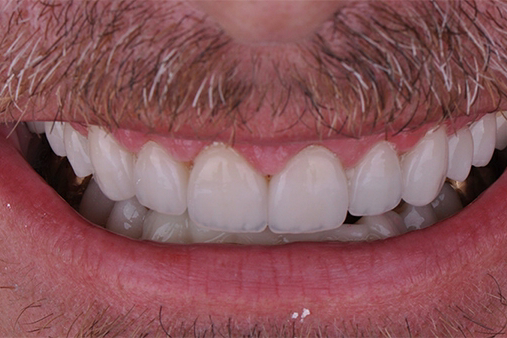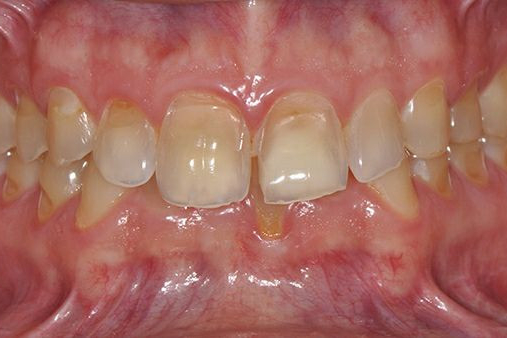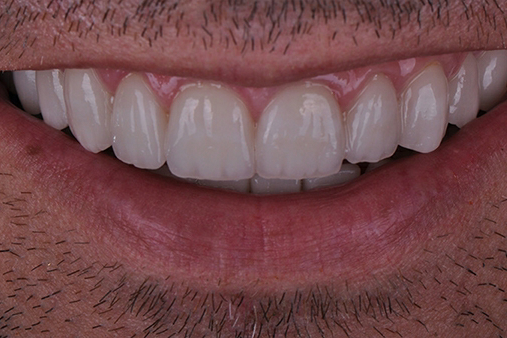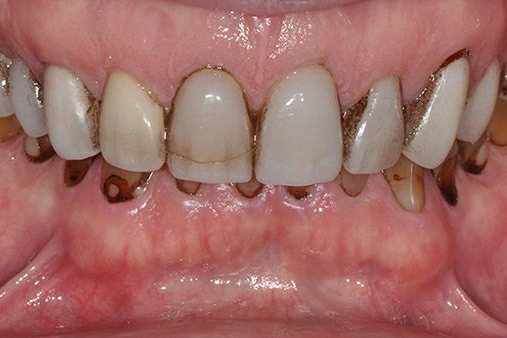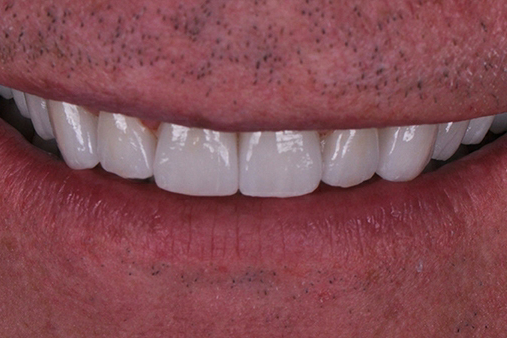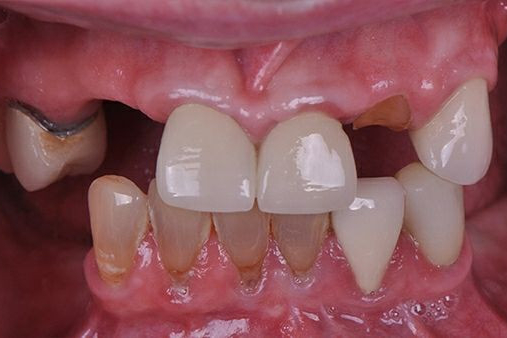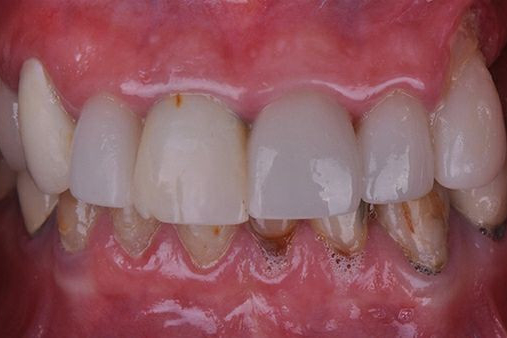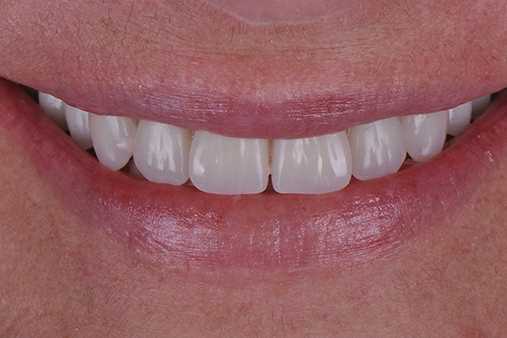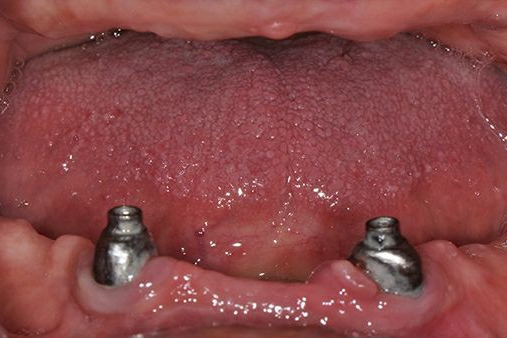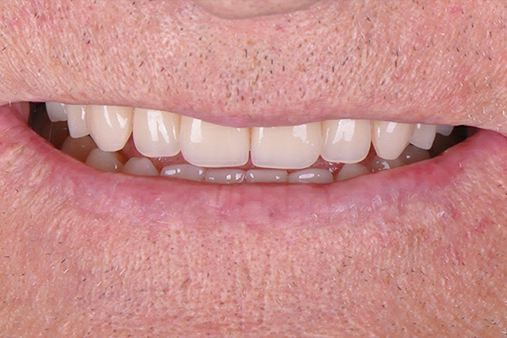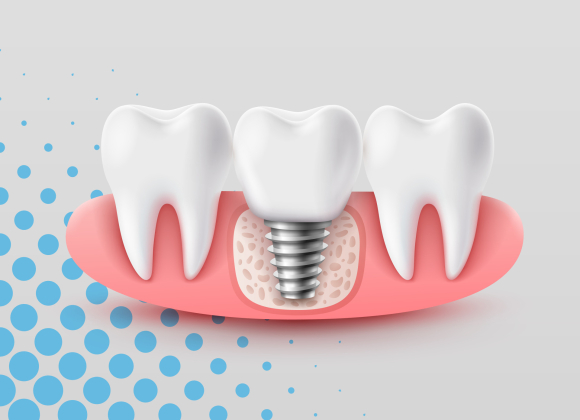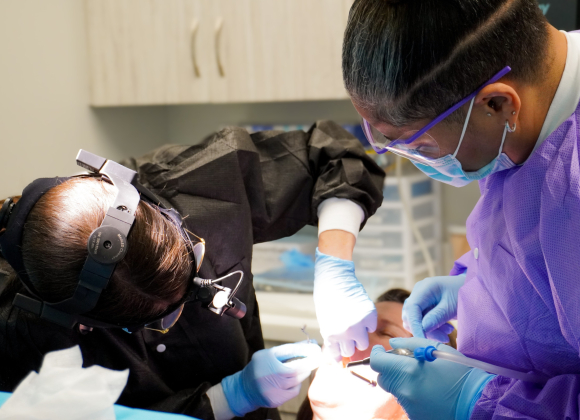Complete Your Smile With Dental Implants
Dental implants provide a long-term solution for missing or failing teeth that can transform your smile and life. With dental implants, you can feel confident about having a full, healthy, beautiful smile with permanent and secure tooth replacements. Dental implants look, feel, and function like natural teeth, improving your smile's appearance and oral health and restoring your ability to eat, chew, and speak comfortably.
The multi-specialty team of experienced surgeons and doctors at Carolinas Center for Oral & Facial Surgery provides world-class dental implants and outstanding patient care. We utilize the latest technology and superior implant materials for optimal dental implant performance. So whether you need a single dental implant or a full-arch restoration of your smile, you can get the personalized, quality care you deserve at one of our North Carolina and South Carolina locations near you.
Meet Our Specialists
Our renowned multidisciplinary team collaborates to deliver a broad scope of dental implant-supported tooth restorations. Whether you need a single dental implant or a complete full arch, we have the right solution for you.
Types Of Dental Implants
Dental implants are the most popular tooth replacement option because they are secure, long-lasting, attractive, and fully functional. Our experienced surgeons will help you understand your dental implant options so you can make the right choice for your needs and oral health.












